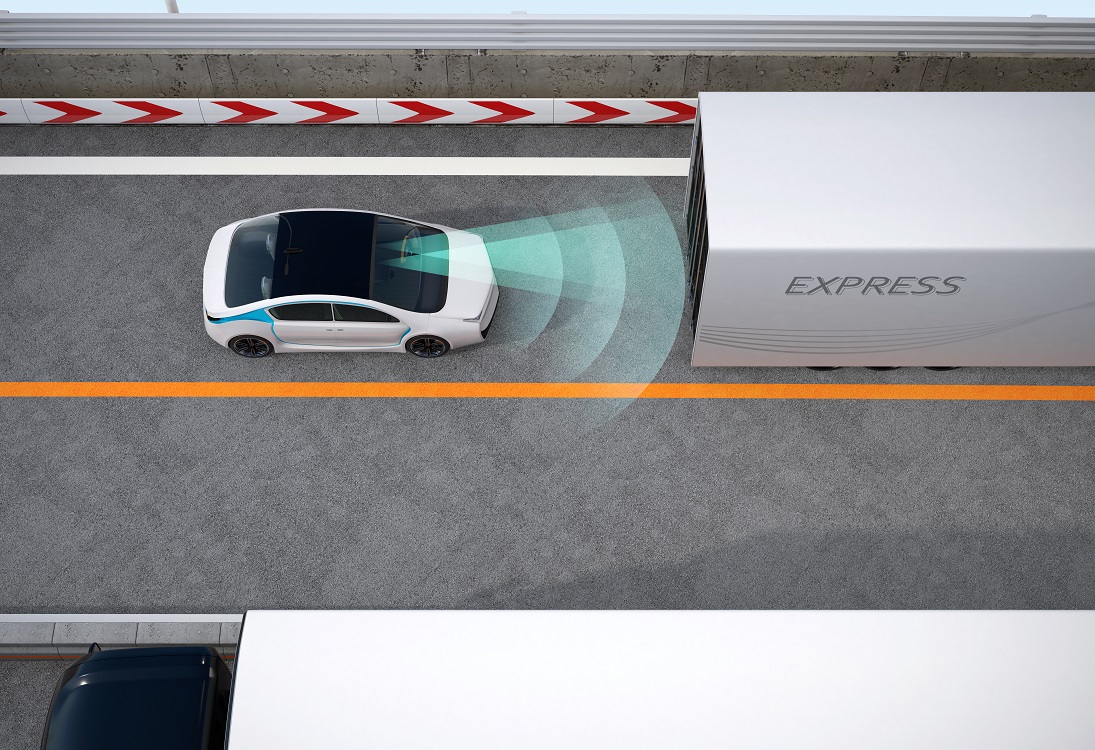Beyond Netflix: 5G and the Internet of Things
In the world of mobile communications, there has been only one word on everyone’s lips over the last two years: 5G. Consumers, mobile operators and phone manufacturers are all looking to see what they can offer or what they can get from this quantum leap in technology.
For the average person, the advent of 5G means enhanced mobile broadband. 5G is able to deliver up to 10 gigabits per second (Gbps), compared to 1 Gbps for 4G – a speed which paves the way for better access to existing services – such as peer-to-peer communication and video streaming – as well as for new applications, such as cloud and mobile gaming.
However, there is much more to 5G than meets the consumer’s eye. It is not just another generation of wireless technology – the combination of exceptional speed, expanded bandwidth, low latency, and increased power efficiency is going to generate billions of connections over the next five years, fundamentally changing the mobile ecosystem, and the world along with it.
Imagine a world where car accidents are a thing of the past; where chronic health conditions like diabetes can be managed 24/7, without blood sugar highs and lows; where smart homes unlock doors with a face scan, and then automatically adjust lighting and temperature, and even order groceries for delivery before you run out of milk.
Welcome to the world of IoT (Internet of Things).
Low latency, high performance
Above and beyond lightning-fast data speeds, 5G’s other features make it a game-changer, enabling faster, more stable and more secure connectivity that will advance the rollout of critical IoT use cases in everything from self-driving vehicles and AI-enabled robots on factory floors to smart grids for renewable energy.
Take low latency, for example. Whilst it is a feature that will be welcomed in the gaming community, bringing immersive virtual reality gaming to the masses, it is also vital for applications like AI-assisted smart medical devices and self-driving vehicles, where milliseconds can literally avert disaster.

Latency is the lag time required for a signal to travel from one point to another. 5G technology offers an extremely low latency rate, dropping from the 200 milliseconds (ms) of 4G down to just 1 millisecond.
To put this into context, the average reaction time for humans to a visual stimulus is 250 ms, or a quarter of a second. With 5G, we are entering a world where a self-driving car could react 250 times faster than a car driven by a human being. It could also respond to hundreds of pieces of incoming information, and communicate its reactions back to other vehicles and road signals, all within a matter of milliseconds.
With 5G, we are entering a world where a self-driving car could react 250 times faster than a car driven by a human being
At a speed of 100km/h, with a human being in control, a car may travel upwards of 20 metres before the driver hits the brakes. With a 1ms reaction time, the car may travel only a matter of centimetres before action is taken.
Long live IoT devices!
The fifth generation of wireless networks represents a move towards massive IoT.
According to the GSMA, 5G connections are expected to grow from 10 million at the end of 2019 to 1.8 billion by 2025. 5G will bring about at least a hundredfold increase in the number of devices connected, and must be able to support 1 million devices per square kilometre.
Many of those devices will also benefit from 5G’s low power consumption, which will allow connected objects to operate for months, or even years, without the need for human assistance, thus opening up a whole realm of possibilities.

5G has the potential to power always-on wearables that could automatically send critical data back to medical staff and help save peoples’ lives
For instance, the global pandemic over the past 18 months has highlighted how useful it might be to be able to monitor the health of millions of individuals simultaneously and remotely. To this end, providers are already exploring the potential of 5G to power always-on wearables that could automatically send critical data back to medical staff and help save peoples’ lives.
IoT and industry
5G is a catalyst for the new industrial transformation
In addition to its applications in the fields of consumer technology, 5G has been designed to match industrial IoT requirements, and is a catalyst for the new industrial transformation.
5G technology is going to amplify the industry 4.0 revolution, by allowing even more agility, flexibility, cost control, and quality. It is the next digital revolution. Its speed, latency and bandwidth will open up a realm of possibilities: almost instantaneous remote reprogramming, enabling the same machine to perform different tasks, remote updating of robots on production lines, in a matter of seconds, and unprecedented levels of machine learning and AI, thanks to real-time communication.

The 5G revolution is not a pipe dream for the future. In 2020, Mercedes-Benz opened the first mobile network for automobile production at its Factory 56 site in Sindelfingen, where 5G connectivity has enabled the widespread use of automated guided vehicles across the facility, thus increasing both the flexibility and efficiency of the production line. And in Ulsan, South Korea, telecoms operator KT provided Hyundai Heavy Industries with 5G wearable neckband cameras that allow the shipbuilders’ staff to respond to emergency situations quicker and more effectively.
Thales and a 5G world
The 5G/IoT revolution is clearly well under way. Thales’s long-standing experience in the field means that it is playing an active role in its implementation in a broad range of areas and applications, from energy and health to urban transport and industry, ensuring that we are building a 5G world that we can all trust.

